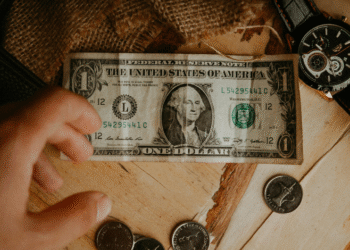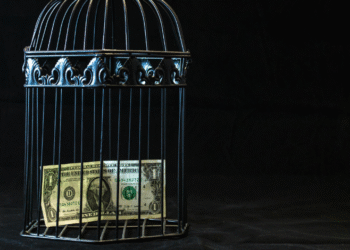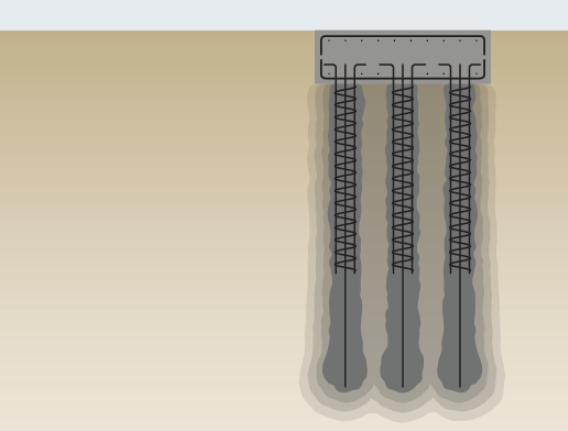Discover expert tips as Pete Wants to Write a Business Plan for Pete’s PB, covering strategies, growth ideas, and success insights.
I’ve got a friend named Pete. He’s obsessed with peanut butter. And when I say obsessed, I don’t mean he just spreads it on toast now and then. I mean the guy experiments with flavors like honey chili crunch or dark chocolate swirl the way others experiment with coffee. For years, his kitchen looked more like a small factory than a cozy cooking space.
One day, Pete told me he wanted to take his hobby and turn it into something bigger Pete’s PB, a full-fledged peanut butter brand. That’s when reality hit him. A business isn’t built on tasty recipes alone. It needs direction, structure, and yes, the dreaded paperwork: a business plan.
Now, if you’ve ever felt stuck between your passion and the practical side of launching a business, Pete’s story will feel familiar. And that’s why I’m breaking down exactly how Pete could (and how you can) write a winning business plan. Think of this as a guided tour, where I’ll share examples directly tied to Pete’s PB, sprinkle in a few personal lessons learned the hard way, and give you checklists you can actually use.
Let’s dive in chunk by chunk, spread by spread.
Executive Summary: The First Impression That Matters
Suppose of the administrative summary like the elevator pitch of your plan. It’s the part investors, lenders, or mates read first, and frequently, it’s the only section they read before deciding if they want to know more.
Why it matters: It sets the tone. If this section doesn’t grab attention, the rest of your plan might not even get read.
Pete’s PB example:
- Business name: Pete’s PB
- Mission statement: “To bring delicious, organic, and protein-packed peanut butter blends to health-conscious snackers nationwide.”
- Highlight: Pete’s PB will offer unique flavors like Honey Chili Crunch and Cacao Almond Swirl, catering to millennials and Gen Z consumers who value both taste and nutrition.
When I wrote my first business plan years ago, I remember agonizing over this section. My mentor told me, Don’t overthink it. Write the summary last. By then, you’ll know your business plan inside and out. Pete should do the same draft for all the other sections first, then come back here and polish it up.
Company Description: Who You Are and Why You Exist
This part is where you brag a little without sounding arrogant. It’s about painting the picture of your business identity.
Why it matters: It gives your reader context. Are you a scrappy startup? A family-owned brand? A solo entrepreneur with a big dream?
Pete’s PB example:
Pete’s PB is a small- batch peanut adulation company started in Greenville, SC. It focuses on all-natural constituents, innovative flavors, and sustainable packaging. Pete grew up experimenting in the kitchen, and after participating in his fashions with musketeers, he realized there was a request beyond his neighborhood.
I’ll never forget when I had to write my own company description. I kept it too formal at first like I was writing a college paper. Big mistake. People connect with stories, not stiff words. Pete’s story about turning a kitchen hobby into a brand should absolutely be front and center.
Market Research: Know Who You’re Spreading To
You can have the best peanut butter in the world, but if you don’t know who will buy it, you’re toast (pun intended).
Why it matters: Market research proves you’ve done your homework. It shows investors you understand your target audience, competitors, and industry trends.
Pete’s PB example:
- Target audience: Health-conscious millennials, ages 25–40, who prioritize organic and high-protein snacks.
- Market size: The global nut butter market is expected to grow steadily, with organic spreads being a rising segment.
- Competitors: Justin’s, RX Nut Butter, and Smucker’s Natural.
- Competitive advantage: Unique flavor combinations, eco-friendly packaging, and small-batch freshness.
When I made my first request for exploration, I was shocked at how important I learned. I discovered that my unique idea formerly had challenges and that was a good thing. It meant there was demand. Pete’s PB does n’t have to resuscitate the wheel; it just needs to stand out with creative flavors and a relatable brand story.
Products & Services: What’s on the Menu?
This section is where you detail exactly what you’re offering and why people will want it.
Why it matters: Clarity sells. If people can’t understand your product, they won’t buy it.
Pete’s PB example:
- Core products: Flavored peanut butter jars (classic, honey chili, cacao almond swirl).
- Future expansion: Snack-sized packs, protein bars, and gift bundles.
- Service element: Subscription boxes for monthly delivery.
When I launched my first product-based business, I made the mistake of overloading my offerings. Too many products = too much confusion. Pete should start small and scale once he builds loyal customers.
Marketing Plan: Getting the Word Out
A great product in secret is just well, a secret. Marketing is how you take Pete’s PB from kitchen shelves to supermarket aisles (or at least farmer’s markets to start).
Why it matters: It shows you’ve thought about how to attract, engage, and retain customers.
Pete’s PB example:
- Branding: Fun, modern packaging with bold colors and a playful “PB swirl” logo.
- Sales channels: Farmer’s markets, local grocery stores, and an online Shopify store.
- Promotion: Social media campaigns (Instagram reels of recipes), influencer partnerships, and free samples at fitness centers.
- Customer loyalty: Subscription discounts and referral bonuses.
I remember trying to market my first venture only with Facebook ads. It bombed. Why? Because I didn’t diversify. Pete should spread his peanut butter love across platforms literally and figuratively.
Operations Plan: Behind-the-Scenes Structure
This part answers the question: “How does Pete’s PB actually run day to day.
Why it matters: Investors need to know you can execute. And Pete himself needs clarity so things don’t spiral into chaos.
Pete’s PB example:
- Production: Peanut butter made in a certified commercial kitchen, with scaling plans for a small manufacturing facility.
- Suppliers: Organic peanut farms, eco-friendly packaging vendors.
- Staffing: Pete as head recipe creator, plus part-time kitchen staff and a marketing assistant.
- Distribution: Direct-to-consumer via online orders and wholesale to local retailers.
In my experience, this section is where reality smacks you in the face. Writing it down forces you to think about things like “Where do I store 500 jars of peanut butter?” Pete will thank himself later for planning ahead.
Financial Projections: Show Me the Money
Here’s where most entrepreneurs freeze. But trust me, it’s not about being a math wizard, it’s about showing your numbers make sense.
Why it matters: No one will invest in a dream without proof it can turn into dollars.
Pete’s PB example (simplified):
- Startup costs: $25,000 (equipment, packaging, licenses, initial marketing).
- Revenue streams: Direct jar sales, subscriptions, wholesale deals.
- Year 1 projection: $80,000 in sales with a 20% profit margin.
- Year 3 projection: $250,000 in sales, expanding into protein bars.
I’ll be honest: when I first wrote financial projections, I guessed. Big mistake. Later, I learned to base numbers on realistic research. Pete can start with conservative estimates, then refine as he collects actual sales data.
Practical Checklist: Pete’s PB Business Plan Review
Before Pete finalizes his plan, here’s the quick checklist he (and you) should run through:
- Does the executive summary clearly explain the business?
- Is the company description personal yet professional?
- Have I backed up my market research with real numbers?
- Do my products and services solve a clear need?
- Is my marketing strategy specific, not just “use social media”?
- Have I outlined realistic operations?
- Do the financial projections make sense to an outsider?
If Pete checks all seven boxes, he’s ready to pitch his plan with confidence.
FAQs: Your Burning Business Plan Questions
Q: Do I really need a business plan to get funding?
Yes. Most banks and investors won’t even consider you without one. Even if you self-fund, a plan helps you stay focused.
Q: How long should it be?
Long enough to cover all sections but short enough to keep someone’s attention. Typically 10–20 pages.
Q: Can I use free templates?
Absolutely. Templates are a great starting point but customize them so they reflect your story. Pete’s PB, for example, shouldn’t sound like Generic Peanut Butter Company, Inc.
Wrapping It Up: From Kitchen Dreams to Real-World Plans
At the end of the day, Pete’s PB is n’t just about peanut adulation it’s about possibility. Every entrepreneur starts with a spark, but a business plan is what turns that spark into commodity real, sustainable, and scalable.
Still, whether it’s peanut adulation, crockery, If you’re sitting on an idea. Do n’t skip the plan. It’s not just paperwork, it’s your roadmap. And one day, when your shelves are lined with your products, you’ll thank yourself for every line you wrote.
Additional Resources
- Write your business plan | U.S. Small Business Administration (SBA) : detailed guide and template from the U.S. government for structuring and writing a business plan.
















